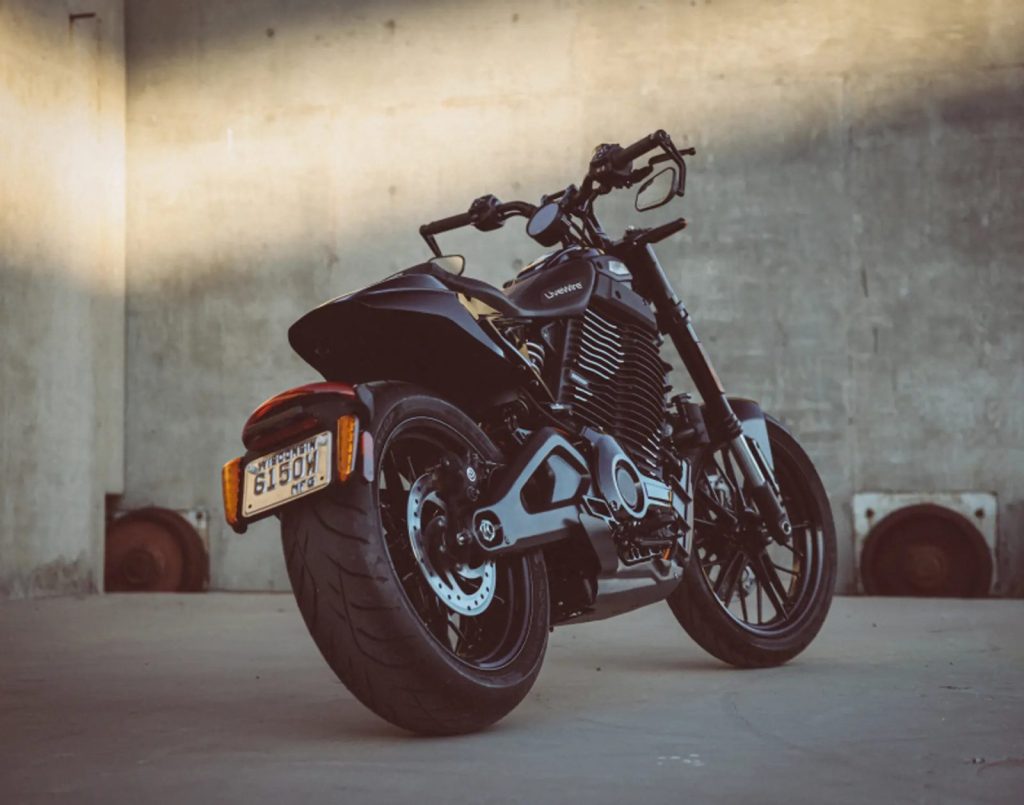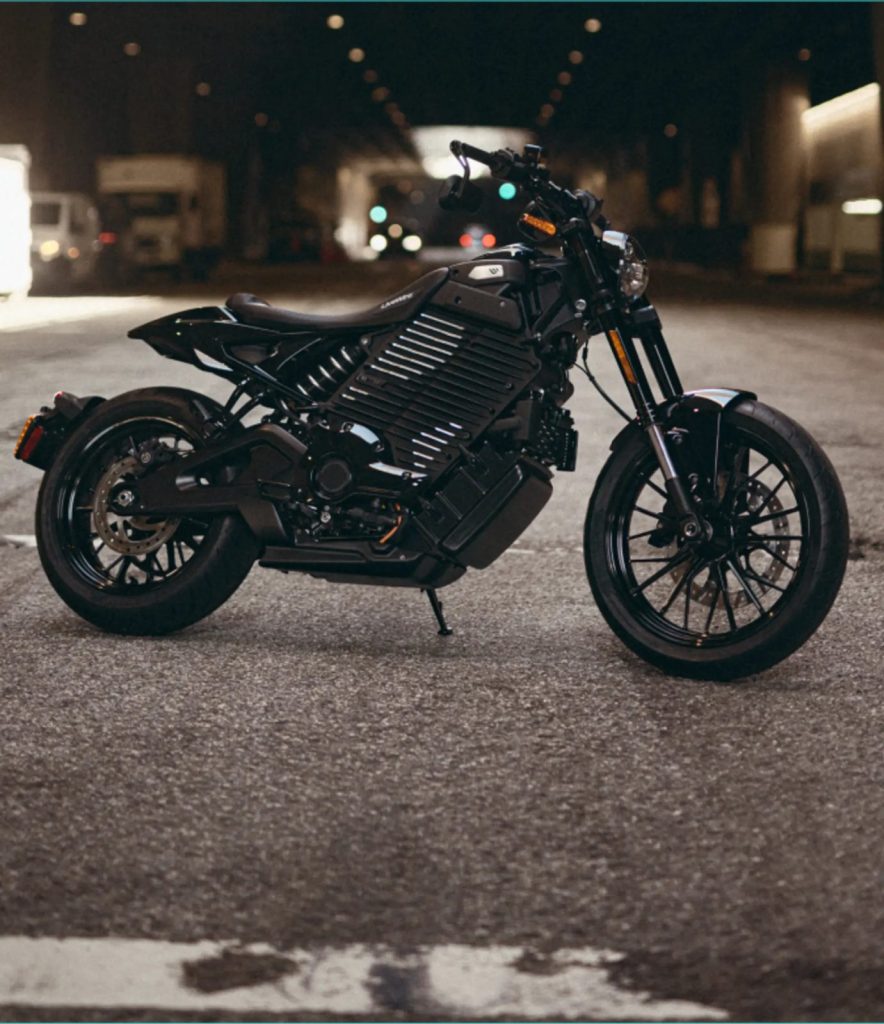LiveWire – the electric Harley-Davidson motorcycle brand – has unveiled the second machine on its new ‘Arrow’ modular platform in the form of the S2 Mulholland.
Joining the existing S2 Del Mar and the original LiveWire One in the lineup, the S2 Mulholland shares its main mechanical parts with the Del Mar but arranges them in a more laid-back, city-oriented cruiser package instead of the Del Mar’s flat track inspired shape.
The motor is still the same 63kW (84hp)/263Nm unit, powered by an identical 10.5kWh battery in an aluminium case that doubles as the main frame of the bike. The modular design allows different steering heads and seat subframes to be bolted on to that frame, and the Mulholland’s give a more stretched-out 29 degrees of rake, up from 24 degrees on the Del Mar, along with a lower seat that sits 768mm high, down from 785mm.

New Hitachi fully-adjustable 43mm fork replaces the Del Mar’s similarly-sized Showa suspension, and while the front wheel is still 19-inches in diameter it has a new 20-spoke design instead of the 10-spokes of the Del Mar, and wears a slightly narrower 120/70-19 tyre rather than 130-section rubber.
At the back, where the Del Mar has a 19-inch rear wheel with a 140/80-19 tyre, the Mulholland uses a 17-inch rim with a 180/55-17 Dunlop Roadsmart (the Del Mar gets Dunlop DT-1 tyres). The Brembo M4.32 brakes are unchanged.
The geometry changes stretch the wheelbase from 1453mm to 1468mm, but the Mulholland is actually a fraction lighter than the Del Mar, coming in at 196kg compared to 198kg for the older bike.
With an unchanged electrical system, the charging time remains 5.9 hours from 20% to 80%, or 9.1 hours from 0-100%, on a Level 1 charger, with those numbers dropping to 78 minutes and 142 minutes respectively on a Level 2 charger.

At city speeds, where the Mulholland is expected to spend most of its time, the bike is claimed to be good for a range of 195km, up from 182km for the Del Mar, and at highway speeds (88km/h) it’s capable of 117km between charges. Acceleration to 60mph (96.5km/h) is possible in 3.3 seconds, which is 0.3 seconds slower than the Del Mar, and the top speed is 159km/h, down from 166km/h for the Del Mar.
On board, you get the same 4-inch circular TFT dash as the Del Mar, with the usual array of app-supported phone connectivity for navigation, calls and media.
Visually, the shared central chassis section gives a clear relationship to the Del Mar, but side-by-side the bikes are quite different, with the Mulholland’s stretched wheelbase, smaller rear wheel, drooping tail and taller ’bar very apparent. The seat is distinctive, too, running surprisingly far forward up the dummy ‘tank’ of the bike and offering none of the Del Mar’s passenger carrying ability, with no ’pegs or padding for a pillion.
In America, where the bike is going on sale first, the Mulholland is only $US500 more expensive than the Del Mar, coming in at $US15,999 ($A24,300) compared to $14,599 ($A22,200).
WORDS: BEN PURVIS











